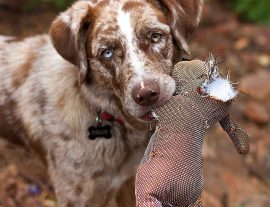Is your furry companion not coping well with being left home alone?
Both dogs and cats can develop separation anxiety though the cat may not disturb the neighbors due to its inability to bark!
Signs that may be noted when an animal has separation anxiety (not to be confused with generalized anxiety) include, but are not restricted to:
- Exaggerated over-excitement when greeting the owner
- Consistently following the owner and inability to leave them (these are the animals you find parked just outside the bathroom in fear that you may have disappeared)
- Inappropriate toileting
- Gastrointestinal upsets
- Stereotypical pacing, restlessness and inability to settle
- Vocalizing (separation barking can be consistent, unlike target barking).
Separation anxiety can have a significant influence on your pet’s health and quality of life. Subsequently it may also impact your life and your relationship with your neighbours.
It has been found if the animal can be distracted when you first leave home for approximately 20 minutes this can greatly reduce the anxiety, plus:
- Provide environmental enrichment
- Practice ‘warm goodbyes’ and ‘cool hellos’ - their favourite treats and chew toys should only be given when you leave. On arrival avoid acknowledging the overzealous frantic animal, as you could be escalating the anxiety
- Provide chewing items - chewing releases ‘feel good’ endorphins
- Leave classical music or audio books playing for them, rather than the radio. Research has shown that they have a preference for Bach
- If able, leave the animal access where it feels comfortable in the house with an item of clothing or similar
- Avoid or desensitize the pet to ‘triggers’ that the animal associates with you leaving eg keys, work shoes etc.
In some cases, you may be required to consult your veterinarian for assistance.


